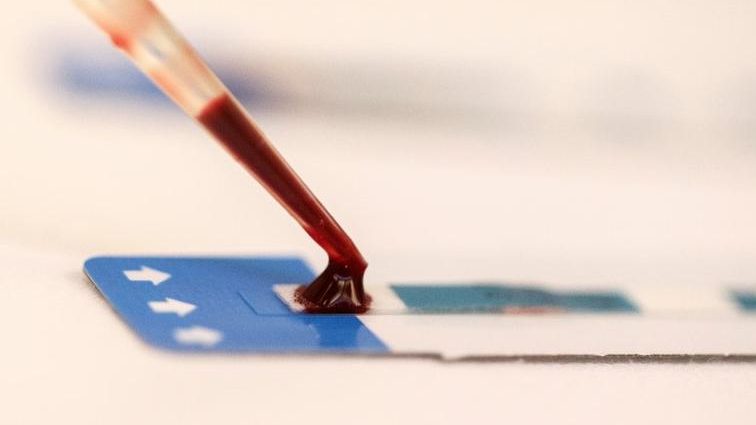Stem cell or bone marrow transplants are often the only option to save the lives of people diagnosed with blood diseases such as leukemia.
Globally, there is a great need for people of diverse backgrounds to become potential donors, as finding a suitable genetic match is key to the success of treatment.
This week, the South African Bone Marrow Registry hosted the 14th International Donor Registry Conference, bringing specialists from more than 40 countries together.
On Thursday night, the conference came to a rousing close with an extraordinary rare meeting between a donor and recipient, who are from opposite sides of the world.
Enjoy behind-the-scenes coverage of Day 3 at the International Donor Registry Conference & WMDA meetings.
Don’t forget to like, comment and share!#IDRC2024 #BehindTheScenes #SABMR #PHSE #WMDA #Day3 #msd #anthonynolan #StemCellTransplantation #centurycityconferencecentre pic.twitter.com/77FNFUdBuC
— SA Bone Marrow Reg (@sabonemreg) June 27, 2024
Sixty two-year-old Pete Johnson is a retired United States Air Force member. As a man of faith, he now dedicates his life to uplifting others and empowering young men from broken homes.
In 1996, Johnson signed up to become a bone marrow donor. His life carried on with his wife and children, until he got a call five years ago, asking if he’s willing to be a stem cell donor.
“This thing was divinely ordered from day one, and it’s just, when you say magic and all of this other stuff, I saw this, this is a miracle. I see it was divinely orchestrated that we would be here for such a time as this.”
The same year Johnson signed up to become a donor, Ramabele Tsolo was born in South Africa. The civil engineer was diagnosed with leukemia. With death ever present, complications from chemotherapy left him in a coma.
But, a stem cell match was found in America. Five years later, Tsolo and Johnson met each other for the first time in Cape Town.
The Johnson-Tsolo case is an example of how vital bone marrow registries are. More importantly that people sign up to become donors.
The deputy director at the South African Bone Marrow Registry, Jane Ward explains: “The chance of finding a match for any patient is one in 100 000 of a chance and you’re more likely to find a match within your own ethnic group. Currently, not just in South Africa but world wide, we find more donors of Caucasian descent on our registry. And there’s a 72% chance that people of Caucasian descent will find there match. This drops to close to 26% for patients of other ethnic groups. And so it is extremely important that we create the awareness for other donors from other ethnic groups joining the registry.”
Finding a perfect match for successful transplants is crucial. Becoming a donor involves providing a DNA sample that is done easily.
It is then laboratory tested to identify the tissue make-up and added to a registry. The process of donation and receiving is minimally invasive.
“It’s like a blood transfusion but quicker actually, and then it just, it was very underwhelming. I thought like things are gonna happen, literally it was like a very quick process and then we wait there after everything is in just to see if there’s any reaction. luckily for me there was nothing, you know it was like, oh, ok, it’s done, you know,” says Tsolo.
Johnson says he never doubted his decision to become a donor.
“I would encourage anyone that has an opportunity to join a registry to do that thing, but not just that, keep seeking opportunities to help others, that’s what makes this world a better place.”
A groundbreaking study in the United States with patients and donors, who are not perfect matches, is showing positive results.
The Donor for All research helps to increase the odds greatly of finding life-saving treatment through the use of medication along with stem cell treatment.
Tsolo is in remission and is pursuing his career as a civil engineer with great joy.
Shortage of registered donors remains a challenge: Dr Charlotte Ingram weighs in:



